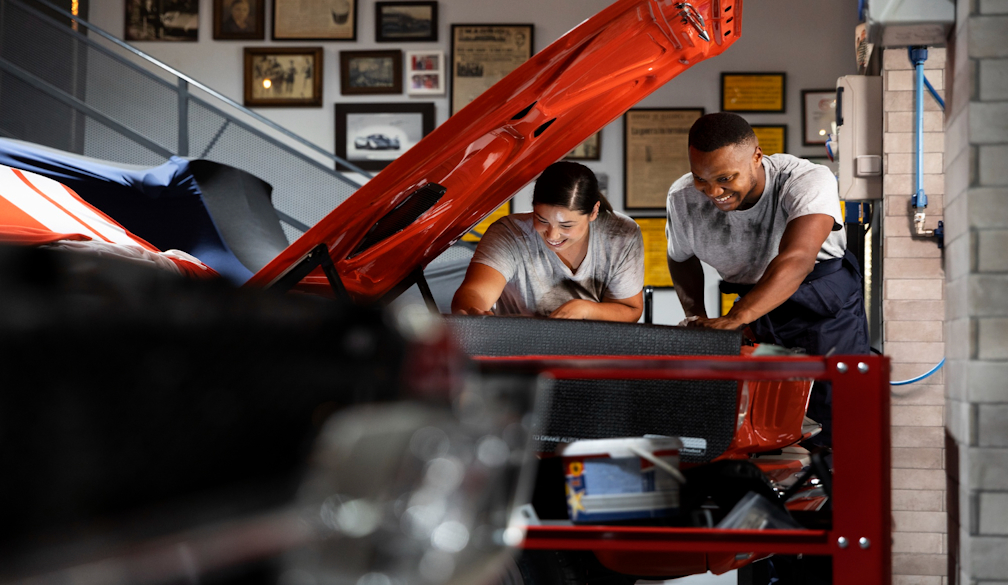DIY Panel Beating Tips for Car Enthusiasts: A Beginner’s Guide

Welcome to the world of car maintenance and repair, where enthusiasts and DIYers converge to breathe new life into their beloved vehicles. Today, we’re diving into an essential skill for anyone looking to restore or maintain their car’s aesthetic appeal – panel beating. This art, while challenging, can be incredibly rewarding, offering you not only a way to save money but also a deep sense of accomplishment.
For those just starting out, consider this post your beginner’s guide to the fundamentals of panel beating, right from your garage. And if you’re looking for professional services, a panel beater in Thomastown might be just what you need.
Understanding Panel Beating
Panel beating involves reshaping or repairing vehicle body panels to their original condition after they’ve been damaged. This can include fixing minor dents, scratches, or even more significant issues caused by collisions. While it may seem daunting at first, with patience and practice, you can undertake basic panel beating tasks at home.
Tools of the Trade
Before we dive into techniques, let’s outline the essential tools you’ll need:
- Hammer and Dolly: These are the bread and butter of any panel beater – different shapes and sizes are used for various tasks.
- Body Filler: For smoothing out imperfections after the initial shaping.
- Sandpaper: For refining the work done with body filler.
- Primer and Paint: To finish off the job and match your car’s existing paint job.
Getting Started with Simple Repairs
- Assess the Damage: First, understand the extent of the damage. If it’s a minor dent without paint damage, it might be a perfect candidate for your first DIY project.
- Prepare the Area: Clean the damaged area thoroughly – any dirt or grease can affect the quality of your repair work.
- Removing the Dent: Using your hammer and dolly, you’ll start to gently tap out the dent from the opposite side, slowly working the metal back to its original shape. Patience is key here; too much force can stretch the metal and create more work.
- Smoothing the Surface: Once you’ve reshaped the panel, apply body filler to any small imperfections left. After it dries, sand the area smoothly, starting with coarse sandpaper and moving to finer grits.
- Finishing Touches
Tips for Success
- Take Your Time: Rushing can lead to mistakes – panel beating is as much about patience as it is about skill.
- Practice: Consider practicing on an old piece of metal or an unused panel to get a feel for the tools and techniques.
- Know Your Limits: Some damages might be beyond the scope of DIY repairs. In these cases, seeking out a professional panel beater can save you time and ensure a quality finish.
Ready to get started?
Embarking on your first panel beating project can be an exciting venture. With the right tools, a bit of knowledge, and a lot of patience, you can achieve great results. Remember, every expert was once a beginner, and every mistake is just a learning opportunity. So, grab your tools, and let’s breathe new life into your vehicle together!








